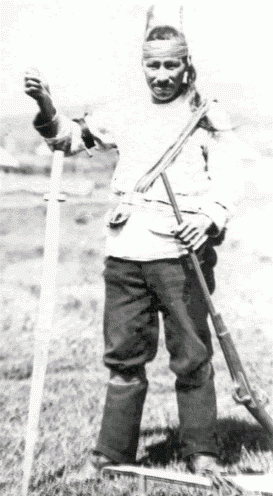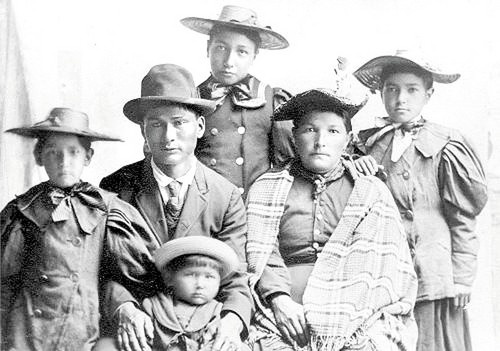Beargrease, John (1858–1910)
Creator:
Kate Roberts
Contributor: Minnesota Historical Society Press
Source:
Minnesota 150 (F606 .R63 2007)
Bibliography
Raff, Willis H. Pioneers in the Wilderness: Minnesota's Cook County, Grand Marais, and the Gunflint in the 19th Century. Grand Marais, MN: Cook County Historical Society, 1981.
Chronology
1855
The US Congress orders the beginning of mail service from Superior to Grand Portage, but often, the mail doesn't make it through.
1858
John Beargrease is born. He grows up in a wigwam on the edge of Beaver Bay on the North Shore.
1879
John Beargrease and his brothers take over the mail service between Two Harbors, Grand Marais, and Grand Portage.
1910
John Beargrease dies from tuberculosis after delivering mail along the North Shore for decades.
1980
The John Beargrease Sled Dog Marathon begins attracting competitors and racers from the United States and around the world.
Bibliography
Raff, Willis H. Pioneers in the Wilderness: Minnesota's Cook County, Grand Marais, and the Gunflint in the 19th Century. Grand Marais, MN: Cook County Historical Society, 1981.





